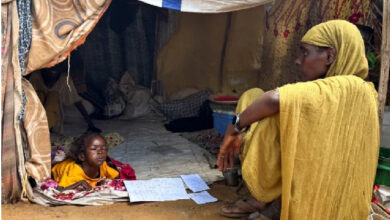Dozens of bodies found in mass graves in DR Congo

Farhan Haq, the deputy spokesperson for the United Nations, told reporters in New York on Wednesday that the graves had been uncovered in two villages in northeastern Ituri province, about 30km (19 miles) east of the town of Bunia.
A total of 42 victims, including six children, were discovered in a mass grave in the village of Nyamamba, while the bodies of seven other men were found in another village, Mbogi, he said.
“Peacekeepers launched a patrol to the area immediately after receiving reports of attacks on civilians by the CODECO militias over the weekend. This is when they made the gruesome discoveries,” he said, referring to the armed group known as the Cooperative for the Development of Congo.
Haq said the UN was calling for an investigation that would establish whether the mass graves and the attacks were linked.
He added that the UN regional peacekeeping operation, known as MONUSCO, was “supporting the Congolese judicial system to investigate the attacks” and called “for the perpetrators to be brought to justice”.
Ituri, a restive province bordering Uganda, has seen a spate of violence in recent weeks, after the killing of a teacher belonging to the Lendu community triggered reprisal attacks from CODECO, which claims to represent the ethnic group.
CODECO blamed the teacher’s death on a rival militia called Zaire, which claims to represent the Hema ethnic group.
The Lendu and Hema communities have a longstanding feud, which led to thousands of deaths between 1999 and 2003 before an intervention by a European peacekeeping force.
Haq on Wednesday warned of a “significant deterioration of the security situation” in Ituri, saying that at least 195 civilians have been killed, 68 wounded and 84 people abducted since December during attacks attributed to the CODECO and Zaire militias.

More than 1.5 million people in Ituri province have also been displaced by the fighting, he added.
Source: aljazeera.com





